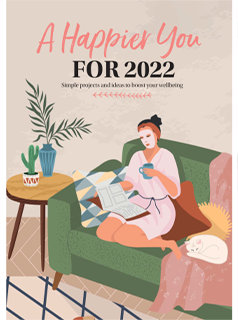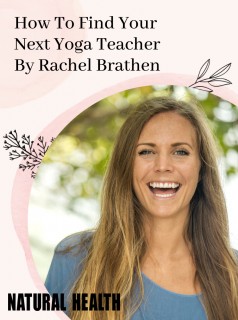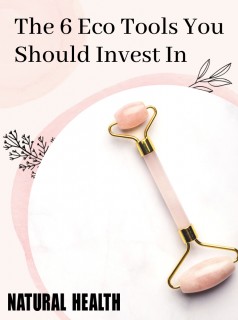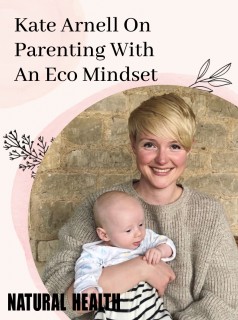Have you ever felt like your emotions were trapped within your chest, weighing you down after heartbreak, loss or a big life disappointment? The experience of a broken heart can leave us feeling emotionally frozen, hindering our ability to process our experiences, move forward and build authentic relationships. But luckily, yoga can help with big life changes, such as getting over a break-up or moving on from grief and disappointment.
Releasing tension from the chest
In yoga psychology , the chest symbolises vulnerability and love. So, when we experience heartbreak, grief or loss, this area often tightens as a protective mechanism, creating a physical manifestation of our emotional pain.
Our bodies and minds are intrinsically connected. And, according to yoga therapy , by directing our attention to our chest region, where emotions often become lodged, we can create space for emotional expression.
Try these poses to help open your heart and support your body and mind in getting over a break-up, dealing with loss or coping with a disappointment.
Camel Pose (Ustrasana )
Kneel on a cushion or a mat with your knees hip-width apart. Place your hands on your lower back with your fingers pointing downwards and your elbows hugging inwards towards each other. Inhale and lengthen your spine upwards, gently arching backwards while maintaining a long back. Allow your neck to follow the direction of the whole spine and bring your gaze upwards or slightly backwards. If you wish, reach your hands backwards and place them on your heels. Hold the pose for five to 10 breaths, but feel free to release earlier if this feels uncomfortable. To release, bring your hands back to your hips and slowly come up to an upright position. Bridge Pose (Setu Bandhasana)
Lie on your back with your knees bent and feet hip-width apart, flat on the mat. Place your arms alongside your body with palms facing down. Inhale, press your feet into the mat, and lift your hips off the ground. Keep your neck long and gaze toward the ceiling. Hold the pose for five to 10 breaths, maintaining a steady lift in the hips. To release, exhale and slowly lower your spine back down to the mat. Fish Pose (Matsyasana ) Place a brick or a rolled cushion towards the back of your mat. Lie on your back with your shoulder blades and upper back on your support, your legs extended and arms alongside your body. Allow your head to drop back to stretch the front of your throat. If needed, support it with your hands or another cushion or block. Hold the pose for a couple of minutes, feeling a gentle opening in your front body. Allow your jaw to unclench and your belly to rise and fall with your breath. To release, press your hands into the mat and lift your head. Move your props away and slowly lower your spine back down. Puppy Pose (Anahatasana )
Start on all fours, aligning your wrists under your shoulders and knees under your hips. Walk your hands forwards, lowering your chest towards the mat, while keeping your hips over your knees. Extend both arms forwards or only one, keeping the other one bent to offer some support for your head. Allow your chest to sink towards the floor and your body to relax and surrender, while keeping your hips lifted. To release the pose, slowly walk your hands back towards your body and come back to the tabletop position. Kneeling Lunge with a Backbend (Anjaneyasana ) Begin in a kneeling position with your knees hip-width apart and your toes tucked under. Step your right foot forward, placing it flat on the mat, with your knee roughly directly above your ankle. Keep your left knee resting on the mat, with your hips squared and facing forward. Gently shift your pelvis forwards and, lengthening through the spine, allow your chest to arch up and backwards. Reach your arms up overhead, lengthening through the fingertips. Maintain a steady and even breath as you hold the pose for five to 10 breaths. Focus on lengthening the front of the body and opening your heart centre. To release the pose, lower your arms and step your right foot back to the starting position. Repeat the same on the other side. Backbending can be very stimulating, so if you are looking for a more calming effect, try and maintain a steady, slow and smooth breathing pattern and approach the poses gently. Allow your mind to observe any sensations and emotions that might arise without judgment, attachment or resistance.
Getting over a break-up and learning to feel our emotions again
As we release tension from our chests and create space for emotional flow, we can begin to reconnect with our emotions. Getting over a break-up or dealing with grief or loss can be hard but yoga can provide a safe and supportive environment for this personal journey.
About Vanessa
Vanessa Michielon is a yoga and dance lecturer and founder of the Transformative Movement Method , empowering people of all walks of life to embrace yoga, Pilates and dance in order to improve their physical health and achieve a balanced state of mind. She has been teaching for over 13 years and some of her qualifications cover Advanced Yoga Psychology, Yoga Therapy for Anxiety, and Polyvagal Theory applied to Yoga. Find her on Instagram here.
Article by
Vanessa Michielon
Article by
Vanessa Michielon























